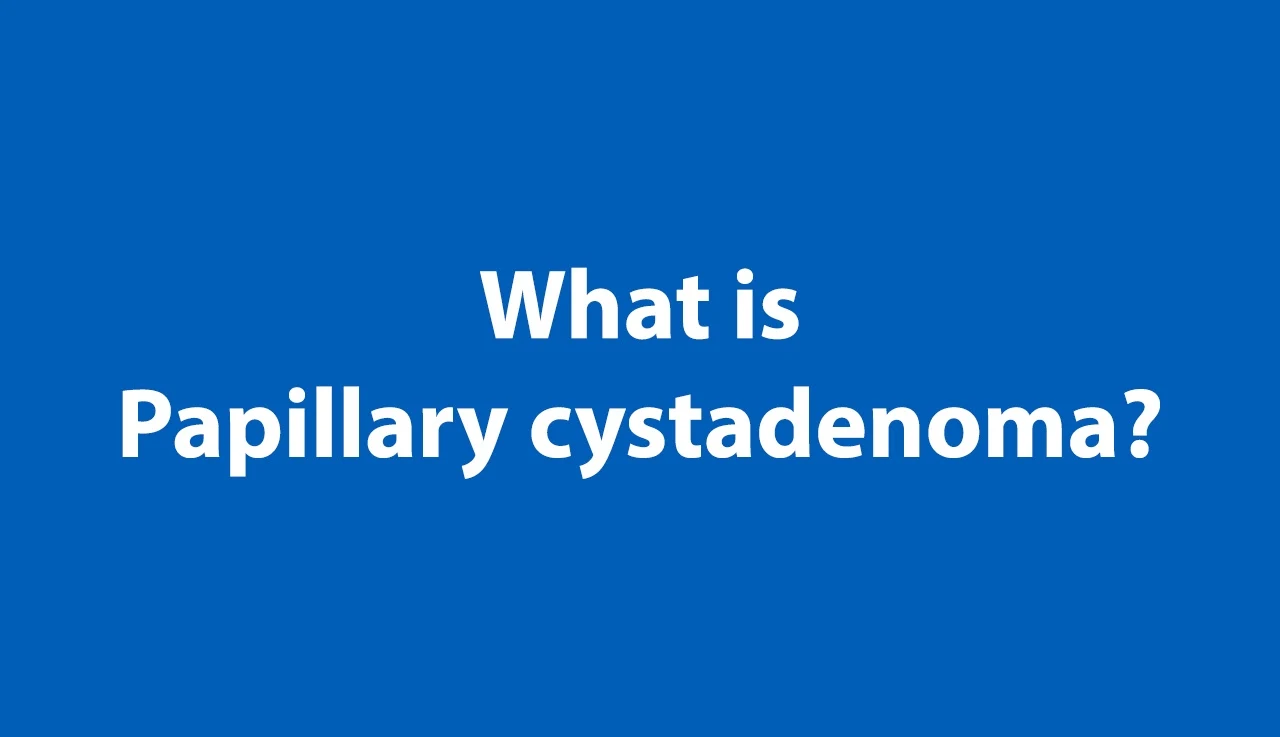
Papillary cystadenoma (Epididymis cystadenomas) is an uncommon benign epididymis tumor that affects mostly young adult males. Patients with von Hippel-Lindau disease account for more than a third of the cases documented in the literature. Epididymal nodules thought to be papillary cystadenomas, on the other hand, are detected in one-third of men with Von Hippel-Lindau disease. For bilateral cancers, the link is greater. Loss of the von Hippel-Lindau gene causes overexpression of the angiogenic protein "hypoxia-inducible factor," which causes the disease. Mesonephric cystadenoma is a kind of papillary cystadenoma. It starts as microscopic precursor lesions in the efferent ductules at the head of the epididymis. Papillary cystadenoma is distinguished histologically by cystic areas with intracystic papillary projections bordered by clear cells, resembling renal cell carcinoma. Immunohistochemical markers may aid in the differentiation of the two malignancies. Surgical excision is the only treatment option, and the prognosis is favorable.